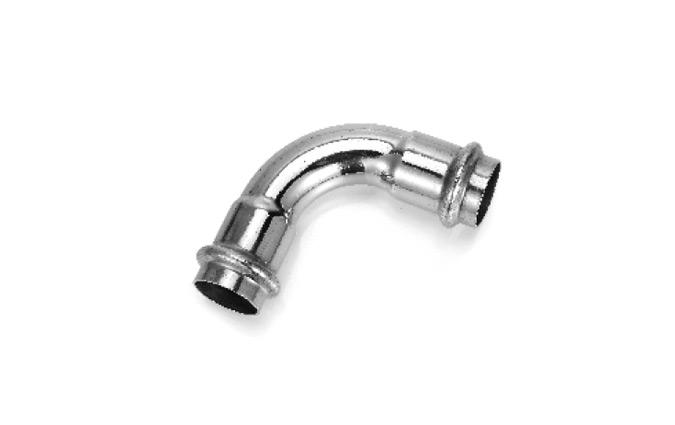When it comes to maintaining a comfortable indoor environment, insulation plays a pivotal role. The effectiveness of insulation materials is often measured by their ability to resist heat flow, which is quantified by their R-value. However, the quest for the warmest material for insulation goes beyond mere numbers; it involves understanding the properties, applications, and innovations in insulation technology. In this article, we will explore the leading insulation materials, their thermal performance, and how to choose the best option for your specific needs.
Understanding Insulation and Its Importance
Insulation serves as a barrier to heat transfer, helping to keep homes warm in winter and cool in summer. The primary goal is to minimize energy consumption and enhance comfort. The effectiveness of insulation is influenced by several factors, including material type, thickness, and installation quality.
Key Insulation Materials and Their Thermal Performance
- Fiberglass Insulation
- Overview: Fiberglass is one of the most commonly used insulation materials due to its affordability and effectiveness.
- R-Value: Typically ranges from R-2.9 to R-3.8 per inch.
- Pros: Non-combustible, resistant to moisture, and easy to install.
- Cons: Can irritate skin and lungs during installation; requires protective gear.
- Foam Board Insulation
- Overview: Rigid foam boards are made from polystyrene, polyisocyanurate, or polyurethane.
- R-Value: Offers R-values between R-3.6 and R-8 per inch, depending on the type.
- Pros: Excellent thermal resistance, moisture-resistant, and lightweight.
- Cons: Can be more expensive than fiberglass; requires careful sealing to prevent air leaks.
- Spray Foam Insulation
- Overview: Spray foam insulation expands on application, filling gaps and creating an airtight seal.
- R-Value: Closed-cell spray foam can achieve R-values of R-6 to R-7 per inch.
- Pros: Superior air sealing capabilities, high R-value, and moisture barrier.
- Cons: Higher initial cost and requires professional installation.
- Cellulose Insulation
- Overview: Made from recycled paper products, cellulose is an eco-friendly insulation option.
- R-Value: Typically ranges from R-3.1 to R-3.7 per inch.
- Pros: Sustainable, good soundproofing qualities, and effective at reducing air leaks.
- Cons: Can settle over time, reducing effectiveness; may require treatment for pests.
- Mineral Wool (Rock Wool) Insulation
- Overview: Made from natural or recycled materials, mineral wool is known for its fire resistance.
- R-Value: Generally offers R-values between R-3.1 and R-4.4 per inch.
- Pros: Excellent soundproofing, fire-resistant, and moisture-resistant.
- Cons: Heavier than other insulation types and can be more expensive.
The Warmest Insulation Material: A Comparative Analysis
When evaluating the warmest insulation material, it is essential to consider both R-value and application context. Closed-cell spray foam insulation stands out as one of the warmest options available, with its high R-value and superior air sealing capabilities. This makes it particularly effective in areas prone to extreme temperatures and drafts.
However, the choice of insulation material should also factor in other considerations such as cost, environmental impact, and installation requirements. For instance, while spray foam offers excellent thermal performance, its higher price point may not be suitable for every budget. In contrast, fiberglass insulation, while not the warmest, remains a popular choice due to its cost-effectiveness and ease of installation.
Innovations in Insulation Technology
The insulation industry is continuously evolving, with new materials and technologies emerging to enhance thermal performance. Some notable innovations include:
- Aerogel Insulation: Known as frozen smoke, aerogel is one of the lightest and most effective insulation materials available, with R-values exceeding R-10 per inch. Its high cost and fragility limit its widespread use, but it holds promise for specialized applications.
- Vacuum Insulation Panels (VIPs): These panels offer exceptional thermal resistance by creating a vacuum between two layers of material. They are ideal for applications where space is limited, although their cost and fragility can be drawbacks.
Conclusion: Choosing the Right Insulation for Your Needs
In conclusion, the warmest material for insulation depends on various factors, including R-value, application, and budget. Closed-cell spray foam insulation emerges as a top contender for those seeking maximum thermal performance. However, alternatives like fiberglass, foam board, and cellulose also offer effective solutions tailored to specific needs.

